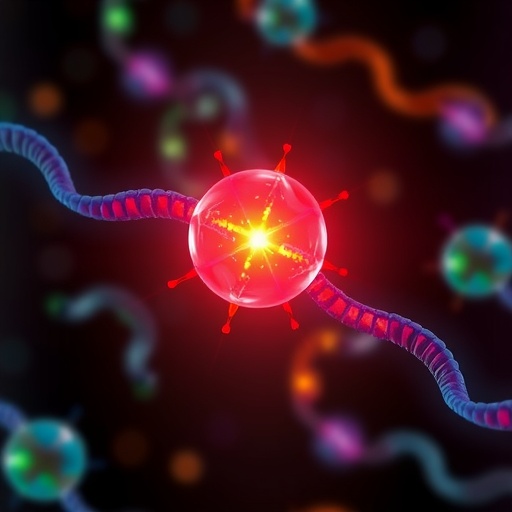Silicon is the dominant material in the production of solar cells. However, perovskites are catching up: they are cheap, flexible and have a promising light-to-electricity conversion efficiency. KAUST researchers are investigating the formation of these perovskites to better understand their properties and gain insight into the design of more efficient devices1.
Metal halide perovskites have three components: a metal (often lead), a halogen (commonly iodine although chlorine or bromine are also candidates) and an organic (usually methylammonium). Thin films of these materials can be created by combining methylammonium iodine (MAI) and a lead salt that provides the additional halogen atoms required, such as PbI2, PbBr2 or PbCl2, in a solvent. A drop on a substrate is quickly rotated to create a film and then heated to form the desired solid polycrystalline perovskite material.
The beauty of this approach is its simplicity; however, what happens during the process is not entirely clear. As a result, reproducibility across laboratories has been unsuccessful, with different groups creating samples with different properties.
Aram Amassian, KAUST Associate Professor of Material Science and Engineering, and fellow researchers from the University's Solar Center used bright X-rays at the Cornell High Energy Synchrotron Source in New York, U.S. to observe this one-step solution-coating process in real time. This technology allowed them to identify that the conversion of the perovskite solution to the perovskite crystalline solid occurs via an intermediate solid state that is highly solvated.
"We show that the nature and the stability of this solvated precursor state is crucial to the reproducibility of the final product," said Amassian.
The team measured the changes in film thickness during spinning with the common solvent N,N-dimethylformamide. Using an optical reflective measurement, the team identified that the thickness of the film evolved over time depending on the ratio of MAI to lead salt and that when the concentration of MAI was increased, the solution thinned much slower, strongly impacting the film's formation behavior. This effect is not evident in other material systems used in other similar technologies, such as organic solar cells, providing the first clue that solvent-solute interactions are very important in halide perovskites.
"We then used synchrotron X-ray scattering during spinning to find out more about this intermediate precursor," explained Amassian. "We identified that the precursor existed in either a crystalline or a disordered state within 15 to 20 s of spinning."
Regardless of time delay, the precursors in the crystalline state were stable in time and converted reliably into perovskite films with consistent microstructure and morphology such that their surface coverage and shape were reproducible. Meanwhile, precursors in the disordered state were sensitive to time, causing large variability in the properties of the resultant material and the performance of the solar cells.
###
Media Contact
Michelle D'Antoni
[email protected]
http://kaust.edu.sa/
############
Story Source: Materials provided by Scienmag




